| Flying Tigers, the one we should never forget! | |
|---|---|
| May 15, 2007 03:49 | |
 | Flying Tigers |
| May 15, 2007 03:53 | |
 | the precious old picture of Flying Tigers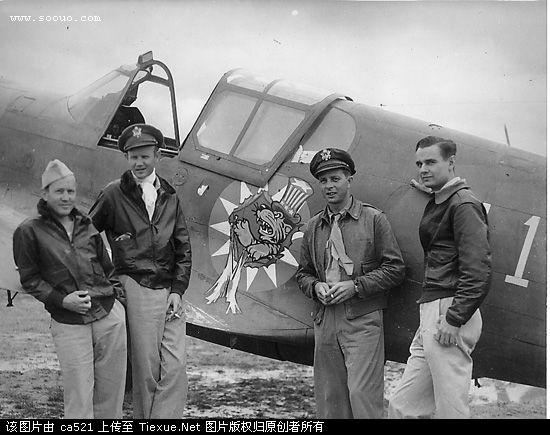 |
| May 15, 2007 03:55 | |
 | Flying Tigers' planes and guarding Chinese soldier. |
| May 15, 2007 03:56 | |
 | The emblems of Flying Tigers |
| May 15, 2007 03:59 | |
 | As a great help for we Chinese during the Anti-Japanese War, Flying Tigers will never be forgot. |
| Jun 10, 2007 02:03 | |
 | Thank you Yvonne, for remembering these brave young men, who fought and the many who died so far from their homes in America and Canada. Most, if not all of these flyers have now passed on. The Flying Tiger main base was at Kunming (not sure if spelling later changed with pinyin) there were other bases including one at Kweilin, and another important one at Chengtu (now Chengdu). The man in the attached photo, grew up in my small town in Northern California, before going off to college near San Francisco, and then on to flight school and immediately to China, with the Flying Tigers, in 1941. Also, as I mentioned in a previous post early last year, there was a large B-29 (heavy bomber) base at Chengdu. The four runways in the area outside of Chengdu, were all precision built by hand, without any heavy machinery, by the hard working local Chinese citizens. Some of the very first bombing raids on mainland Japan, over 100 bombers on a single mission, were launched from this base, deep within China. Also, Japanese troops who had entered (invaded) eastern China, from Nanking (Nanjing) to Canton (Guangzhou) were also hit hard by the B-29’s based in Chengdu, during 1944 and early 1945. I am happy to see that many in China have not forgotten this. So many in my country and other (Pacific area) western nations, have forgotten this aspect of history. This is but one of the reasons my heart is so close to China. My uncle, my father's youngest brother, fought in this region from 1942 (age 18) until the end of the war in 1945. He is very old, but still alive today; moreover, he still suffers from the after effects of Maleria, and injuries received in a Japanese prison camp, near the very end of the conflict. Thank you !!!  |
| Jun 10, 2007 02:30 | |
 | This is an old map from Time Magazine c.1944, which shows the locations of the airbases and the Japanese advances into the Eastern portion of China. Chengdu, was somewhat protected, as it was far inland and out of reach to Japanese aircraft, until very near the end of the war. Again, many of the city spellings have changed, since the introduction of Pinyin. I posted this map once two years ago, when this subject previously came up. |
| Jun 10, 2007 02:36 | |
 | The old map.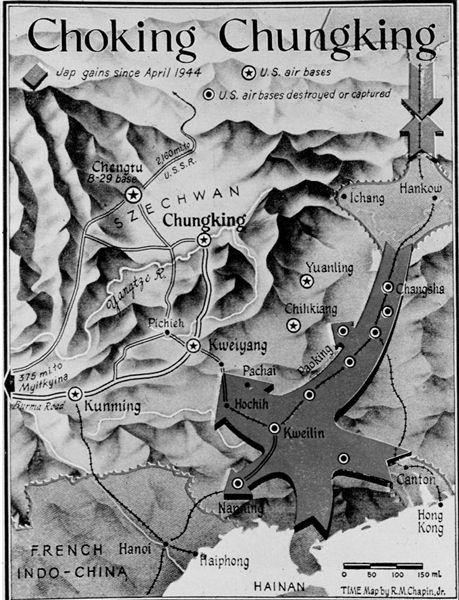 |
| Jun 10, 2007 12:03 | |
 | My father was in the army, served in southern China in the 1940s. He always loved China & the Chinese people. |
| Jun 10, 2007 20:49 | |
 | Rogerinca. Thanks for info. We learn some knowledge from your info about Flying Tiger. |
| Jun 11, 2007 19:49 | |
 | Here is one other map from Time Magazine, a few months earlier, in c.1943. It shows how far into China the Japanese troops had invaded, so early in the war. Notice that Guangzhou (then called Canton) was completely swallowed up, as was the Shanghai region.  |
Post a Reply to: Flying Tigers, the one we should never forget!




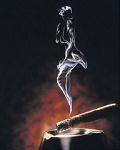
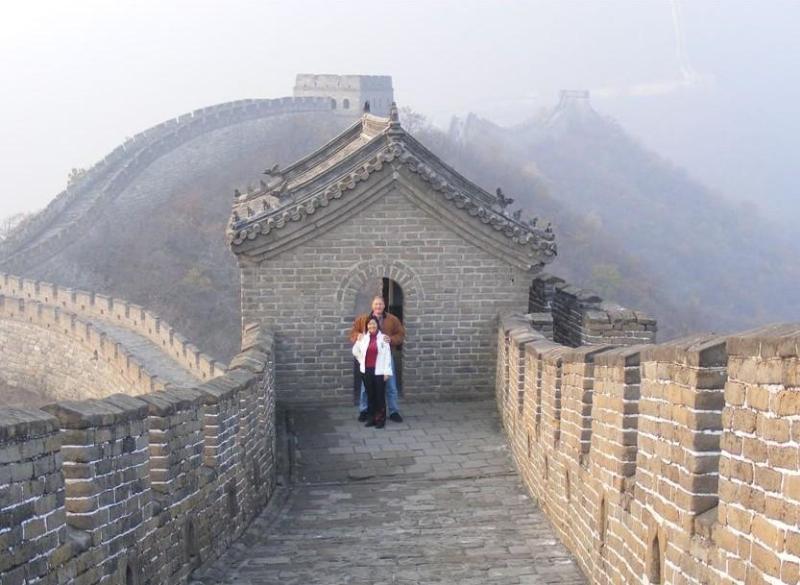
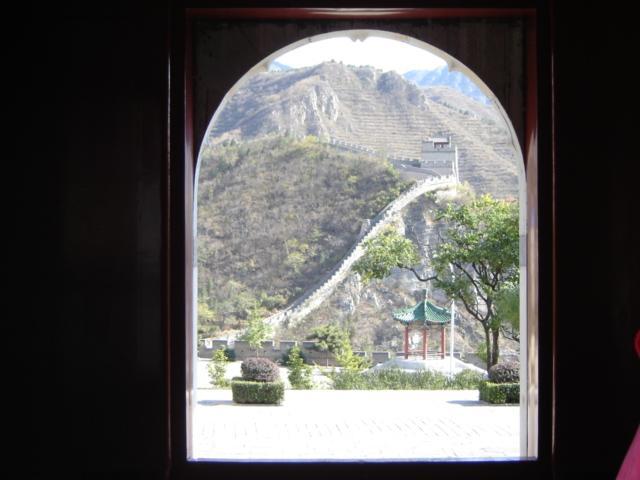

 Copyright © 1998-2025 All rights reserved.
Copyright © 1998-2025 All rights reserved.